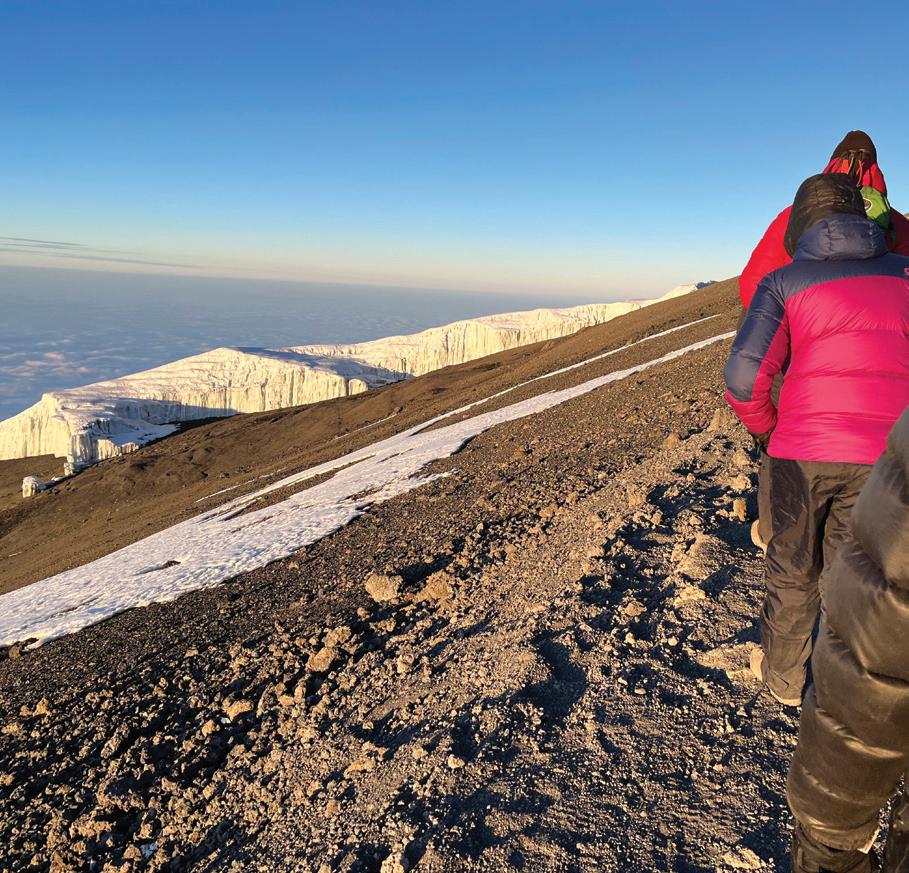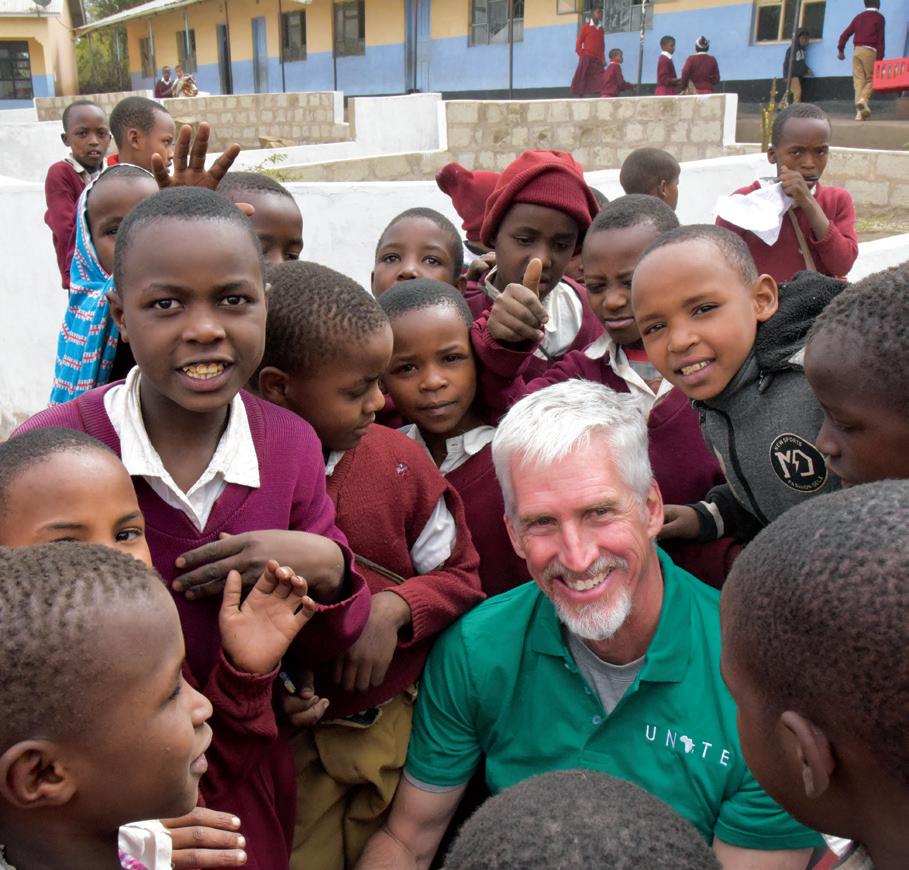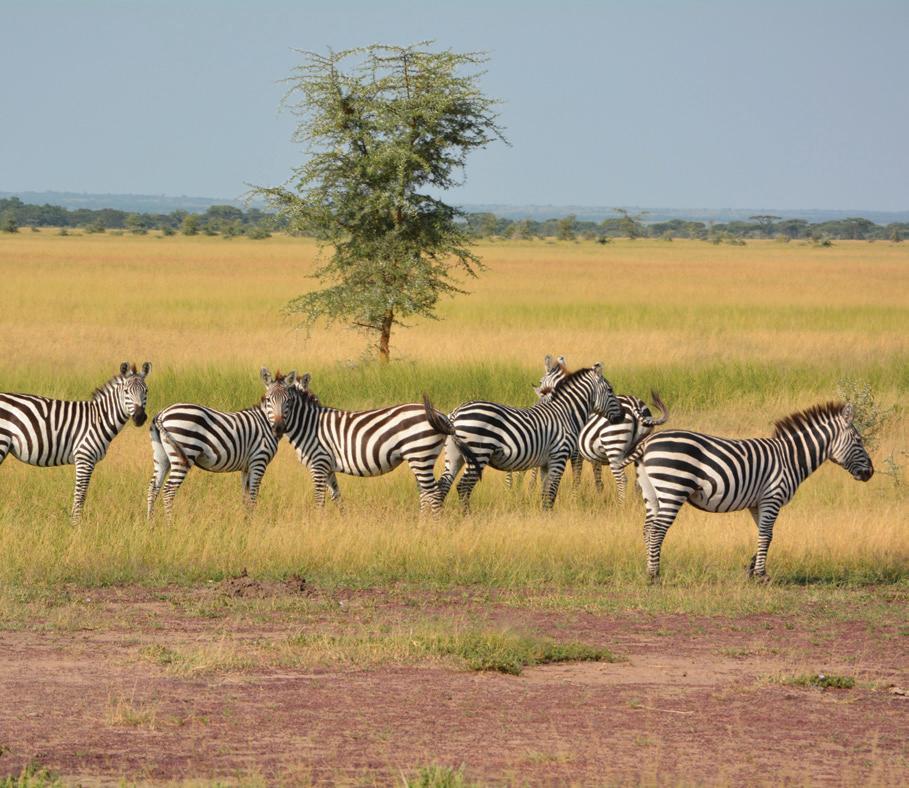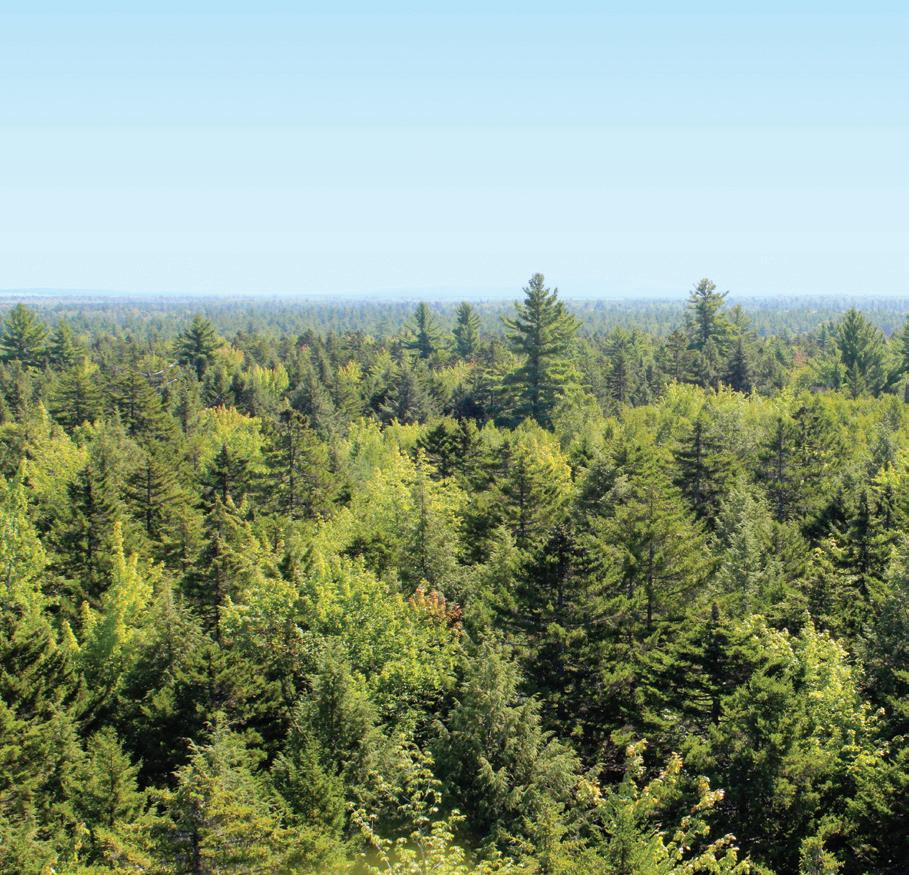
5 minute read
From the President & CEO
Max Holmes, President & CEO
Climate, people, nature… and solutions
The mission of the Woodwell Climate Research Center is to conduct science for solutions at the nexus of climate, people, and nature. We partner with leaders and communities for just, meaningful impact to address the climate crisis.
On June 9, 2022, Woodwell’s Board of Directors approved this new mission statement. As anyone who has ever worked on a mission statement knows, it can be a long, tortuous process, where every word is vetted, analyzed, considered, and reconsidered, until finally you arrive at a string of words that ideally captures the essence of the organization and why it exists. Thanks to the hard work and insights of many people, both staff and board, I think we nailed it.
One week after the mission statement was approved, I departed with my family on a long-planned vacation to Africa. As I realized during our journey and as I’ll describe below, the three legs of the trip unfolded in a way that aligned remarkably closely with our new mission statement. The trip also reinforced the importance and urgency of our work at Woodwell, and made me more motivated than ever to do everything possible to advance our mission.
Climate | The first leg of the trip was our attempt to climb Mount Kilimanjaro. Straddling the Tanzania/Kenya border just south of the equator, the climb begins in lush tropical rainforest and, if successful, ends at the 19,341-foot summit surrounded by Kilimanjaro’s iconic glaciers.
I’ve traveled to many different parts of the world where climate change is already having substantial impacts, from the Arctic to the Amazon, but there is something about receding glaciers that hammers home the physical reality of climate change. During our nine-day climb, I had lots of time to reflect on the beauty and vulnerability of Kilimanjaro’s glaciers, which are predicted to disappear entirely in the near future. I was thrilled (and a bit amazed) when we all made it to Kilimanjaro’s summit, but it was hard to shake the feeling of loss at the pending disappearance of Kilimanjaro’s magnificent glaciers.
We have work to do.

People | The second leg of the journey only lasted a day, but for me it was the most impactful. My 13-year-old daughter Sophie, in partnership with an amazing nonprofit called Unite the World with Africa Foundation, had raised almost $3,000 to plant trees for fruit and fuel at a primary school in Tanzania. We visited the school, met with the headmaster, toured classrooms, and interacted with the remarkable students. Though there were hundreds of students at the school, there was no running water, and we learned from the headmaster that most of the students got by on one meal per day. On top of that, the region was warming and as elsewhere in East Africa, a severe drought was leading to widespread crop failure. It was clear that these students and their families were already living on the edge, and that adapting to climate change would be extremely difficult. I think of these students often, who bear no responsibility for climate change yet may suffer the gravest consequences.
We have work to do.

Nature | The final leg of the journey was a four-day safari in the Serengeti. Most of our planning had focused on the Kilimanjaro climb, so I hadn’t really done my homework to know what to expect on the safari. Let me just say that I was astounded by the diversity and abundance of wildlife we saw—lions, elephants, rhinos, hippos, cheetahs, leopards, giraffes, hyenas, crocodiles, zebras, hundreds of thousands of wildebeests, and more. I really had no idea that places like this still existed, or for that matter, ever existed. This experience reminded me that we live on an absolutely amazing planet. Yes, we face immense challenges that require urgent attention, but sometimes it is nice to sit back and reflect on the continued magnificence of our home planet. Continuing to protect places like the Serengeti also hinges on the success of Woodwell’s mission.
We have work to do.

Solutions | I’ll conclude with thoughts about my second trip to Africa this year, which will begin a few days after I write this in early November. This time I’ll be joined by 17 of my Woodwell colleagues, all of us heading to COP27 in Egypt. Having played a key role in the formation of the UN Framework Convention on Climate Change (UNFCCC) 30 years ago, Woodwell now is doing everything possible to push UNFCCC member nations to finally take the aggressive actions needed to live up to the promise of limiting warming to an extent that avoids the worst consequences of climate change. Much time has been wasted, and the fact that carbon emissions and warming have continued to increase three decades after the ratification of the UNFCCC clearly shows its limitations, yet it remains the most promising mechanism for catalyzing the global action needed to achieve a just, healthy, and sustainable world.
Thank you for your help and support. We all have work to do.








